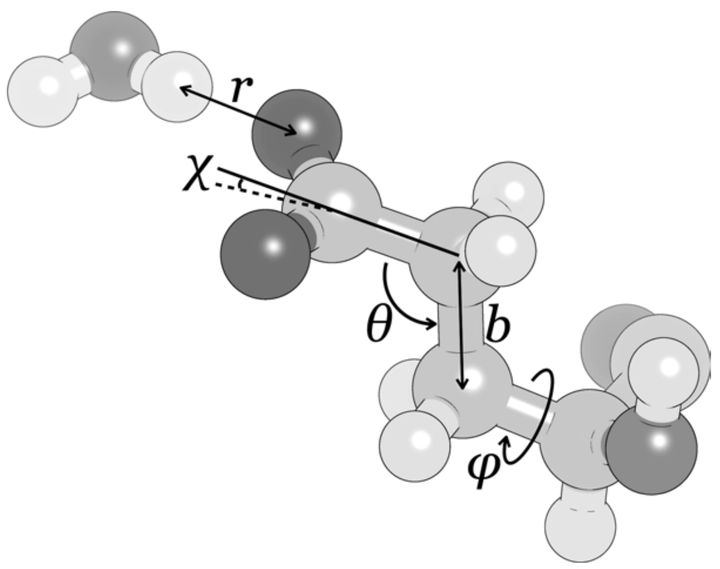 Alvin Yu
Alvin Yu
Abstract
Ionotropic glutamate receptors (iGluRs) transduce chemical signals at synapses into electrical impulses. This function relies on concerted conformational changes that are propagated among the linked domains of the tetrameric protein assembly making up each receptor. A key conformational change is the closure of the ligand-binding domain (LBD) upon agonist binding, which eventually gates the transmembrane ion channel domain. The free energy that becomes available for gating transitions is governed by the LBD free energy landscapes for apo and ligand-bound states. These landscapes describe the thermodynamic equilibrium among various LBD conformations. Delineating these landscapes is essential for understanding the molecular driving forces underlying iGluR function. Molecular dynamics free energy simulations offer a means for estimating these quantities, which are difficult to extract from experimental results alone. Here, we describe the process of carrying out a free energy computation using an umbrella sampling strategy for characterizing large-scale conformational changes in iGluR LBDs.